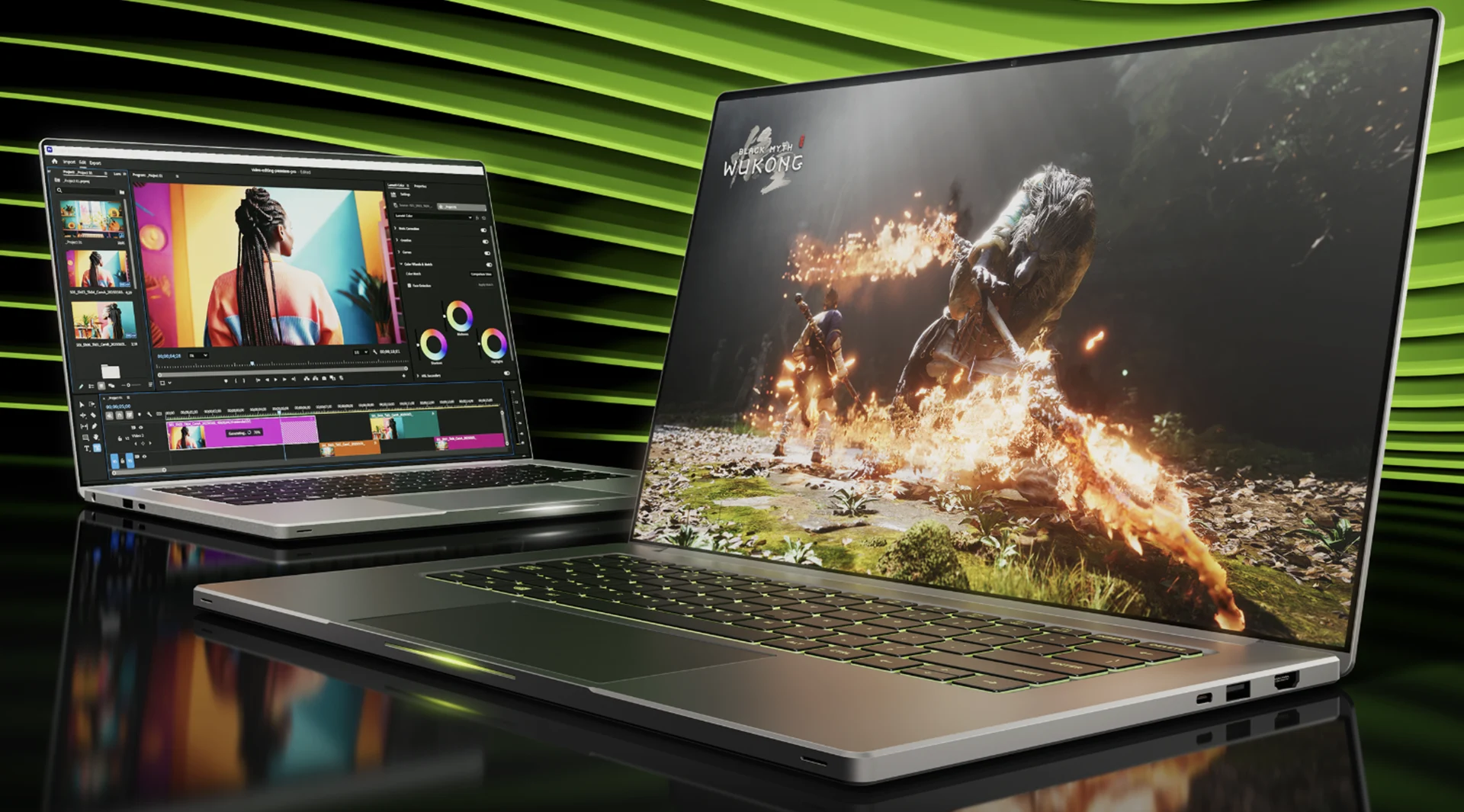Key Takeaways
1. The first laptops with GeForce RTX 5090 graphics are expected by the end of March, including models like the Razer Blade 16 and Asus Strix Scar 18 G835LX.
2. The mobile RTX 5090 shows a 15 to 30 percent performance increase over the mobile RTX 4080 without DLSS; this gap widens with DLSS features.
3. The relatively small performance boost raises concerns, suggesting Nvidia relies heavily on DLSS and new technologies to differentiate the RTX 50 series.
4. The mobile RTX 5090 can be up to 50 percent slower than its desktop counterpart, indicating a significant performance disparity.
5. Power limitations in laptops, capped around 150 W, hinder the performance of mobile GPUs compared to their desktop versions.
The first laptops featuring GeForce RTX 5090 graphics are expected to be delivered by the end of March, and as of now, we have tested two models: the 2025 Razer Blade 16 and the Asus Strix Scar 18 G835LX, both boasting graphics with a TGP greater than 150 W. The performance results can vary widely based on what you might expect.
Positive Outlook
Looking at the bright side, the mobile RTX 5090 shows a performance increase of about 15 to 30 percent over the mobile RTX 4080 when DLSS features are not considered. Once DLSS is in play, the performance gap widens even more, as multi-frame generation is only officially available on the RTX 50 series.
Cautious Considerations
On the flip side, this 15 to 30 percent performance boost might seem quite small for a GPU generation that has taken three years to develop. This indicates that Nvidia is strongly depending on DLSS features and the new transformer model to distinguish the new mobile RTX 50 series from the previous mobile RTX 40 series. Additionally, gamers using laptops should adjust their expectations, as our benchmarks reveal that the mobile RTX 5090 can be up to 50 percent slower than its desktop version.
The Power Limitation
The significant difference in performance between the mobile RTX 5090 and the desktop RTX 5090, along with the somewhat underwhelming improvement over the outgoing mobile RTX 4080, can mainly be linked to TGP. While desktop GPUs have been increasingly demanding more power, laptop GPUs have remained relatively stable at around 150 W maximum, even after all these years. The restrictive power limits in laptops are arguably becoming a notable barrier for gaming enthusiasts.


Leave a Reply